Sabah can learn from Hawaii’s experience in developing a sustainable tourism industry.
Dr Linda J. Cox who has served for more than 30 years as University of Hawaii’s community economic development specialist, said Hawaii like Sabah, was an island state with unique cultures and attractions, and was a destination of choice for domestic as well as international tourists.
“Hawaii has become so popular that it becomes a problem for the community,” she told the New Straits Times.
“The residents are feeling overwhelmed by (the large presence of) tourists. I’ve been working all these years trying to figure out how to have a better relationship between visitors and the residents. Often, visitors will be spending most of their time at the resort, have their meals and do their activities. There is less engagement with the locals. So, what we are trying to do in Hawaii is to have quality over quantity. We want to move away from having many (tourists) to having better ones, and provide opportunities for local residents,” Cox said Hawaii and Sabah needed to have more locally owned businesses such as accommodation and restaurants, rather than large hotels owned by people who live elsewhere, to avoid economic leakage.
She said Hawaii recorded nearly 10 million in tourist arrivals annually, surpassing the island population of 1.4 million.
Cox added that despite the growing number of tourist arrivals, Hawaii would not be building new hotels and golf courses.
“Here (in Sabah), you are still building, but there, we have stopped. Some of the existing hotels in Hawaii are being converted into condominiums for local residents to buy and rent out (to visitors). Thus, they can make a profit. When the owner is a foreigner the profit bleeds out, but if the owner is local, profits keep circulating. This makes a lot more impact for the local economy,” she added.
On her visit to Sabah, Cox said she aimed to engage and share her view on sustainable tourism and related issues with local institutions, non-governmental organisations, and Sabah government officials.
Having been in the state capital for a week, she said the hotel industry in Kota Kinabalu was developing well, but noted that the state tourism authority should consider more homestay packages in rural areas to help visitors connect with local people.
“This caters especially for tourists who are not in a rush, and really want to meet locals and learn their culture. So, that might be a type of audience that (Sabah) may want to do work on. As a tourist, I would want to buy a unique souvenir that represents the culture of the state. This was not evident in Sabah. Even when I walked through the Sunday market, I only found two people selling handicraft. They both make wood products, but not really promoting themselves and doing demonstrations. The locals could give crafting and cooking classes, among others. These are value-added activities that can produce a lot more revenue to them,” she said, adding that the Hawaiian community conducted Hula dance and flower necklace-making classes.
Asked about the potential of Sabah and Hawaii establishing ties, Cox said it would be an interesting idea to explore.
“Hawaii is more developed compared to Sabah. So, I think there’s a lot to be learnt, because I’m convinced that island economies are special. We need to learn from each other,” she added.
.jpg)
.jpeg)
_PH_Banner_(Desktop)(1200x180px).png)
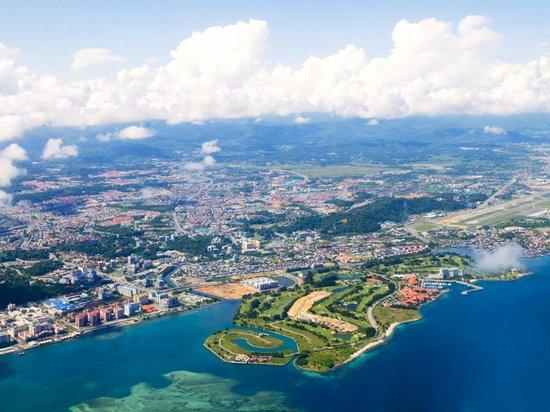

.jpg)
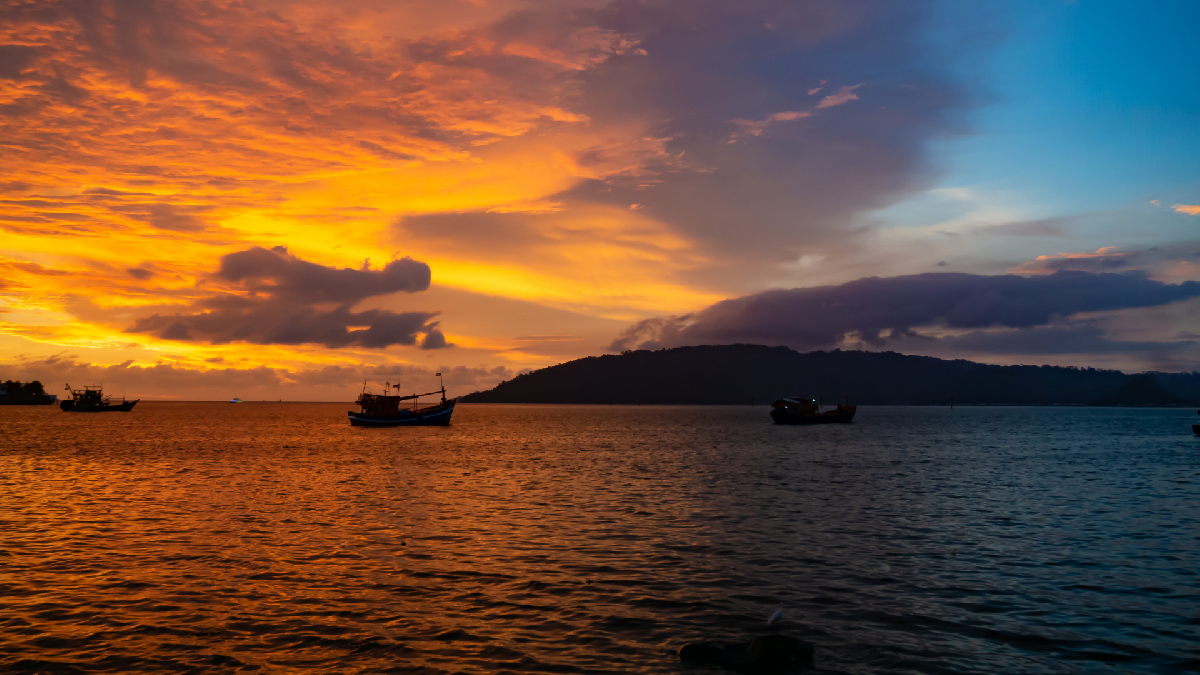
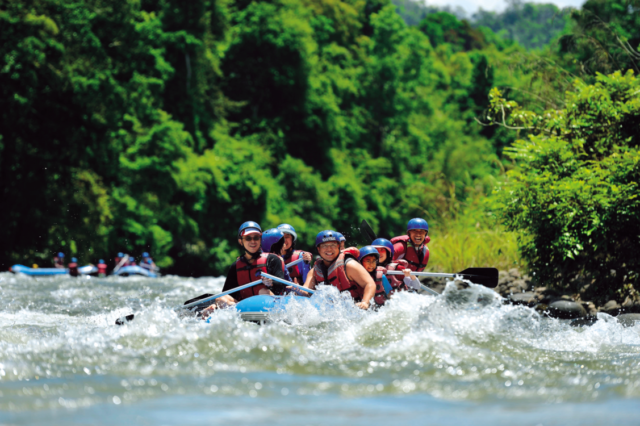
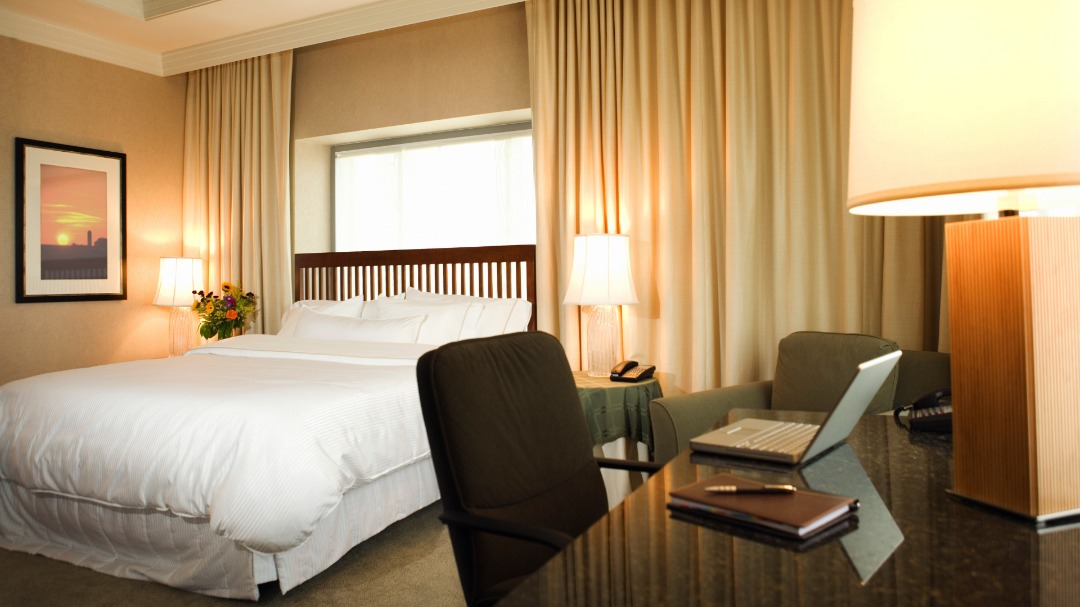
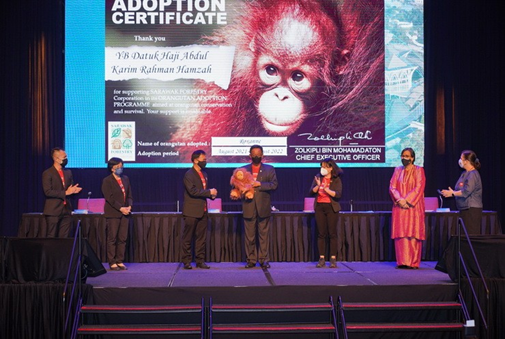
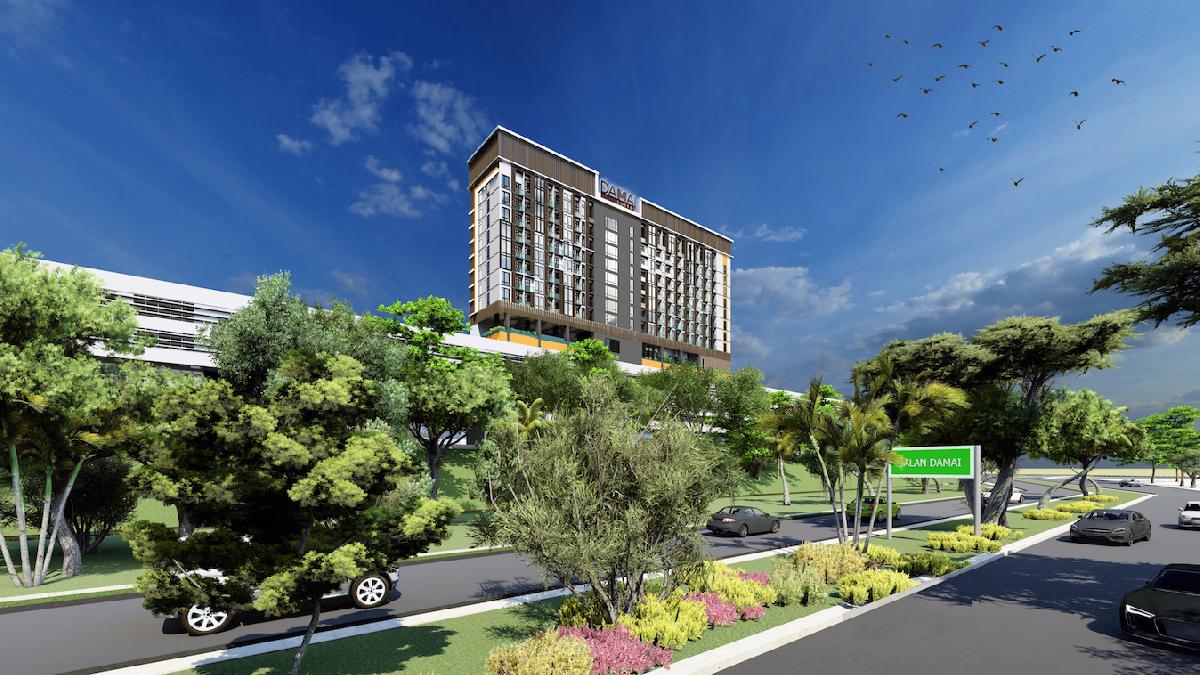

.jpeg)
.jpg)
